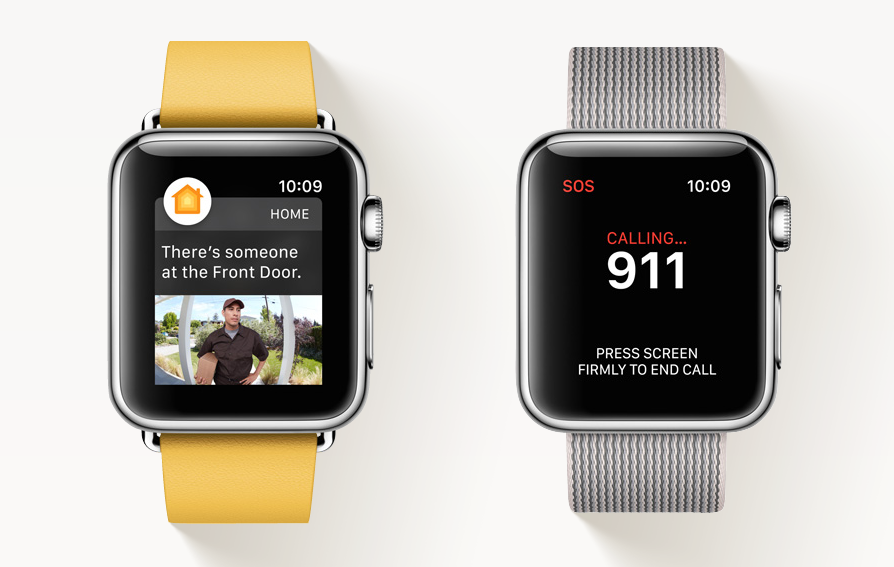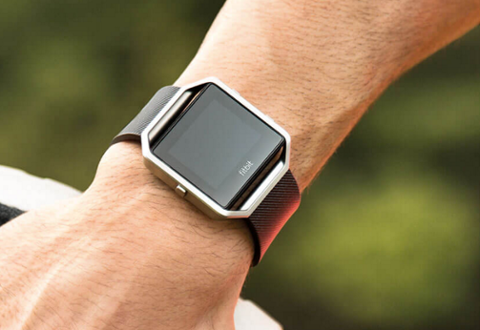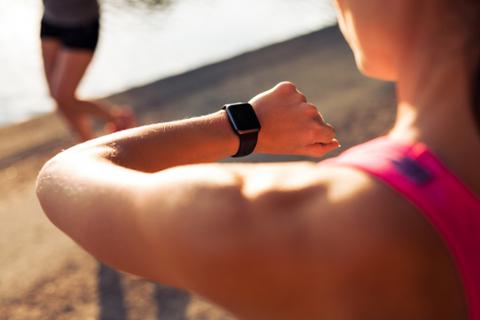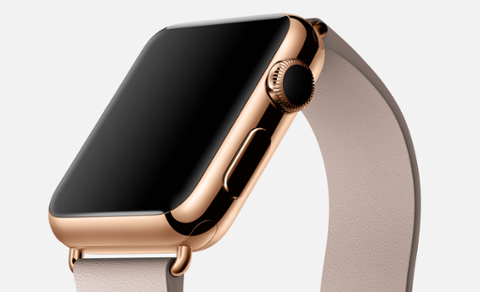 Is the smartwatch market in trouble? Analysts and pundits have asked that question ever since tech firms began releasing smartwatches to consumers. The question might have a little more weight these days, however, given preliminary data from International Data Corporation (IDC) that shows the market for the devices declining by 32 percent year-over-year. The lack of a new Apple Watch this year (so far) has helped curb consumer appetite for smartwatches, according to Jitesh Ubrani, a senior research analyst for IDC: “Apple still maintains a significant lead in the market and unfortunately a decline for Apple leads to a decline in the entire market.” Nor will the situation change anytime soon. “Every vendor faces similar challenges related to fashion and functionality,” Ubrani added, “and though we expect improvements next year, growth in the remainder of 2016 will likely be muted.” Even without Apple Watch 2.0 on store-shelves, Apple still managed to hold 47 percent of the smartwatch market in the second quarter, according to IDC, followed by Samsung with 16 percent, Lenovo with 9 percent, and LG Electronics with 8 percent. To be fair, IDC defines a smartwatch as a wrist-centric device capable of running third-party applications. That excludes FitBit and other fitness trackers, which continue to ship at a robust pace. Despite any weakness in the smartwatch market, there are also indicators that consumers are still interested in the category. PricewaterhouseCoopers (PwC) recently surveyed 1,000 people about fitness wearables, and found that more than half (57 percent) were excited about the future of the devices (up from 41 percent in 2014). In a bid to spur adoption, Apple recently unveiled watchOS 3.0, an operating system update that speeds up some of the Apple Watch’s core functionality, in addition to tweaking the UX. It is part of a broader software refresh that will see updated versions of iOS and Mac OS X roll out this fall.
Is the smartwatch market in trouble? Analysts and pundits have asked that question ever since tech firms began releasing smartwatches to consumers. The question might have a little more weight these days, however, given preliminary data from International Data Corporation (IDC) that shows the market for the devices declining by 32 percent year-over-year. The lack of a new Apple Watch this year (so far) has helped curb consumer appetite for smartwatches, according to Jitesh Ubrani, a senior research analyst for IDC: “Apple still maintains a significant lead in the market and unfortunately a decline for Apple leads to a decline in the entire market.” Nor will the situation change anytime soon. “Every vendor faces similar challenges related to fashion and functionality,” Ubrani added, “and though we expect improvements next year, growth in the remainder of 2016 will likely be muted.” Even without Apple Watch 2.0 on store-shelves, Apple still managed to hold 47 percent of the smartwatch market in the second quarter, according to IDC, followed by Samsung with 16 percent, Lenovo with 9 percent, and LG Electronics with 8 percent. To be fair, IDC defines a smartwatch as a wrist-centric device capable of running third-party applications. That excludes FitBit and other fitness trackers, which continue to ship at a robust pace. Despite any weakness in the smartwatch market, there are also indicators that consumers are still interested in the category. PricewaterhouseCoopers (PwC) recently surveyed 1,000 people about fitness wearables, and found that more than half (57 percent) were excited about the future of the devices (up from 41 percent in 2014). In a bid to spur adoption, Apple recently unveiled watchOS 3.0, an operating system update that speeds up some of the Apple Watch’s core functionality, in addition to tweaking the UX. It is part of a broader software refresh that will see updated versions of iOS and Mac OS X roll out this fall. Is the Smartwatch Market in Decline?
 Is the smartwatch market in trouble? Analysts and pundits have asked that question ever since tech firms began releasing smartwatches to consumers. The question might have a little more weight these days, however, given preliminary data from International Data Corporation (IDC) that shows the market for the devices declining by 32 percent year-over-year. The lack of a new Apple Watch this year (so far) has helped curb consumer appetite for smartwatches, according to Jitesh Ubrani, a senior research analyst for IDC: “Apple still maintains a significant lead in the market and unfortunately a decline for Apple leads to a decline in the entire market.” Nor will the situation change anytime soon. “Every vendor faces similar challenges related to fashion and functionality,” Ubrani added, “and though we expect improvements next year, growth in the remainder of 2016 will likely be muted.” Even without Apple Watch 2.0 on store-shelves, Apple still managed to hold 47 percent of the smartwatch market in the second quarter, according to IDC, followed by Samsung with 16 percent, Lenovo with 9 percent, and LG Electronics with 8 percent. To be fair, IDC defines a smartwatch as a wrist-centric device capable of running third-party applications. That excludes FitBit and other fitness trackers, which continue to ship at a robust pace. Despite any weakness in the smartwatch market, there are also indicators that consumers are still interested in the category. PricewaterhouseCoopers (PwC) recently surveyed 1,000 people about fitness wearables, and found that more than half (57 percent) were excited about the future of the devices (up from 41 percent in 2014). In a bid to spur adoption, Apple recently unveiled watchOS 3.0, an operating system update that speeds up some of the Apple Watch’s core functionality, in addition to tweaking the UX. It is part of a broader software refresh that will see updated versions of iOS and Mac OS X roll out this fall.
Is the smartwatch market in trouble? Analysts and pundits have asked that question ever since tech firms began releasing smartwatches to consumers. The question might have a little more weight these days, however, given preliminary data from International Data Corporation (IDC) that shows the market for the devices declining by 32 percent year-over-year. The lack of a new Apple Watch this year (so far) has helped curb consumer appetite for smartwatches, according to Jitesh Ubrani, a senior research analyst for IDC: “Apple still maintains a significant lead in the market and unfortunately a decline for Apple leads to a decline in the entire market.” Nor will the situation change anytime soon. “Every vendor faces similar challenges related to fashion and functionality,” Ubrani added, “and though we expect improvements next year, growth in the remainder of 2016 will likely be muted.” Even without Apple Watch 2.0 on store-shelves, Apple still managed to hold 47 percent of the smartwatch market in the second quarter, according to IDC, followed by Samsung with 16 percent, Lenovo with 9 percent, and LG Electronics with 8 percent. To be fair, IDC defines a smartwatch as a wrist-centric device capable of running third-party applications. That excludes FitBit and other fitness trackers, which continue to ship at a robust pace. Despite any weakness in the smartwatch market, there are also indicators that consumers are still interested in the category. PricewaterhouseCoopers (PwC) recently surveyed 1,000 people about fitness wearables, and found that more than half (57 percent) were excited about the future of the devices (up from 41 percent in 2014). In a bid to spur adoption, Apple recently unveiled watchOS 3.0, an operating system update that speeds up some of the Apple Watch’s core functionality, in addition to tweaking the UX. It is part of a broader software refresh that will see updated versions of iOS and Mac OS X roll out this fall. 


